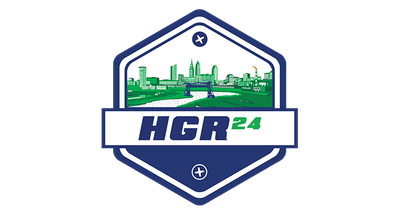
(Courtesy of Guest Blogger Liz Fox, senior marketing associate, MAGNET: The Manufacturing Advocacy & Growth Network)
If you type “additive manufacturing” into Google, thousands of results pop up, including everything from magazines to materials manufacturers to membership organizations devoted to the subject.
Many of these sites also use the terms “3D printing,” “additive manufacturing,” and “rapid prototyping” interchangeably, which brings up an important question: are these really all the same, or are crucial differences being overlooked?
Let’s start with the basics. Additive manufacturing is a methodology made up of new processes that have been developed during the last 30 years. While these vary on a technical level, all of them involve quickly building components layer-by-layer or drop-by-drop using printers and digital files. This differs from traditional manufacturing processes (such as CNC machining) because it builds up rather than takes away; thereby, constructing something from scratch instead of chipping away at existing material to form a specific shape or object.
At the root of it all, 3D printing and additive manufacturing are one and the same. While most experts prefer “additive,” “3D printing” has become a buzzword that resonates more with the average consumer, as well as the new class of makers that’s emerged in the last 10 years. Some debate this theory, but in our experience, it extends little beyond personal preference, like calling soda “pop” or vice versa.
Rapid prototyping is a different story. While additive and 3D printing describe a process, rapid prototyping is a way to use that technology, specifically in a testing environment and/or for design purposes that have little or nothing to do with service applications. The phrase “fail fast, fail cheap” often applies to this practice, as additive tech allows manufacturers to experiment with different ideas, designs, and functions without worrying too much about the cost of materials. Some options include Color Jet Printing (CJP), Direct Metal Laser Sintering (DMLS), and Stereolithography (SLA), which have been used to create things as diverse as car components, toys, and surgical implants.
Regardless of its applications, 3D printing continues to revolutionize the manufacturing sector. As current tech is improved upon and new methods are developed, these innovations are impacting companies for the better by offering a faster, cheaper alternative to using traditional processes and materials.
Check out how MAGNET is helping manufacturers harness the power of additive manufacturing capabilities in their products and processes:
For more information, call MAGNET at 216.391.7766, visit manufacturingsuccess.org, or follow us on Twitter at @MAGNETOhio!
Photo courtesy of Shutterstock
